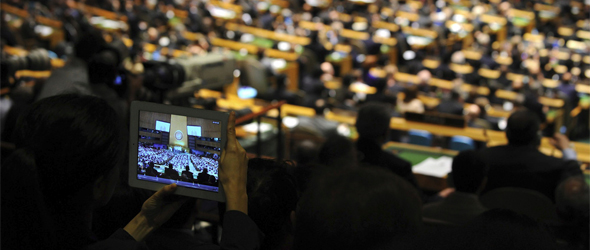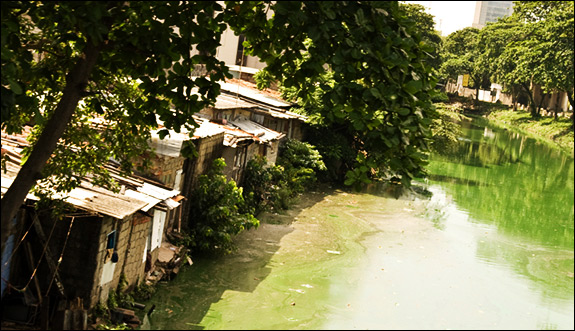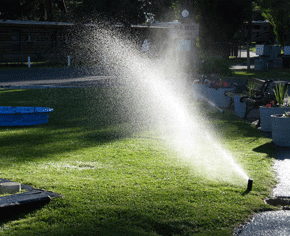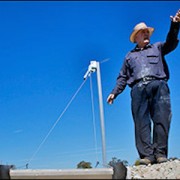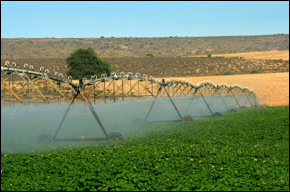Floods in Myanmar and Bangladesh Displace Thousands, Dozens Dead
Thousands are left homeless along the Naf River border of Bangladesh and Myanmar due to flash floods.
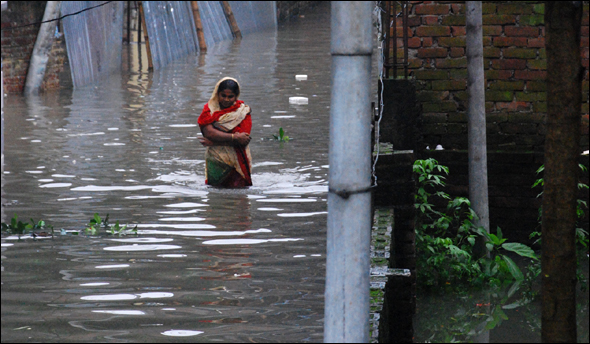
Monsoon season in Myanmar and Bangladesh has killed more than 100 people and caused another 12,000 people to be evacuated from the region, according to the Associated Press (AP). In Bangladesh 200,000 people are still stranded–75 percent of whom are refugees–reports BBC News.
Speedboats from the U.N. Refugee Agency rescued 50 patients, 20 workers and medical equipment from a hospital in Myanmar two weeks ago, while also retrieving more than 200 people from houses that had also been swamped by flash floods.
Most of the dead have been washed away by flash floods or buried alive by landslides as Cox’s Bazaar, a Bangladeshi fishing port, was pounded by some of the heaviest rains in decades, the district police chief Nibhas Chandra Majhi told AFP
“This is the most devastating natural disaster the people of Cox’s Bazar have faced in recent years,” said. Craig Sanders, a U.N. High Commissioner for Refugees representative.
Thousands of structures including houses, hospitals, schools roads and bridges have been destroyed or damaged during the landslides. To combat the devastation, the Myanmar government, the United Nations and other humanitarian organizations have been supplying food, clothing, medicine, mosquito nets, water and money. More than 12,000 people have received emergency relief, according to RFI. The floods have contaminated the water, while overflow is expected to cause a rise in malaria and dengue cases.
“With increased standing water mosquitoes reproduce a lot quicker so there is a lot more potential threats for water born illness,” Eric Porterfield, a spokesperson for the American Red Cross, told Circle of Blue in an email.
“You need water before you need food or shelter. If you don’t have access to clean drinking water you can get a lot of really bad waterborne illnesses and cause a health epidemic. Also, people affected by disaster can have clean water in the area but no access because of debris or washed our roads. It’s difficult to restore access to water because you sometimes have to repair pipelines or truck clean water out to communities, which is very difficult when roads are washed out because of flooding,” Porterfield said.
This natural disaster is particularly devastating to impoverished communities, which were still recovering from the 2008 Nargis Cyclone. Nearly 30,000 Rohingya refugees from northern Myanmar occupy two U.N. Refugee Agency camps in Bangladesh, on the other side of the Naf River. It is estimated that more than 200,000 additional refugees are unregistered with the United Nations and living in Bangladesh.
The people of Myanmar face physical and economic obstacles when accessing sanitary drinking water. To reduce the devastation from landslides and flooding, Malteser International (MI)–a worldwide relief service–began an education program about the importance of hygiene to maintain water sanitation. MI has also filtered flood-contaminated water and created 20 wells in 120 villages.
“Many houses were completely crushed by earth and mud, others flooded with mud and water. Whole families had died, some people [were] severely injured. Thousands were forced to leave their homes. Water ponds were full of mud and some of the rice was [ruined],” Liselott Agerlid, a political counselor for the Swedish government who was in Bangkok at the time of the floods, told IRIN.
“I tried to hold back tears and rage at the unfairness of it all as we spoke to villagers about how to rebuild their homes [and restore] access to food and water,” Agerlid said.
More flooding is expected as the Asian monsoon season lasts from late May until October. This destruction has fluctuated over the past decade in Southeast Asia, at times leaving thousands dead depending on the season.
The rain has broken Myanmar records, totaling 13 inches (33 centimeters) in about three days, while floods have totaled 60 centimeters in some regions.
Sources: Associated Press, BBC News, UN Refugee Agency, AFP, RFI, IRIN, Malteser International, Mongabay.com



